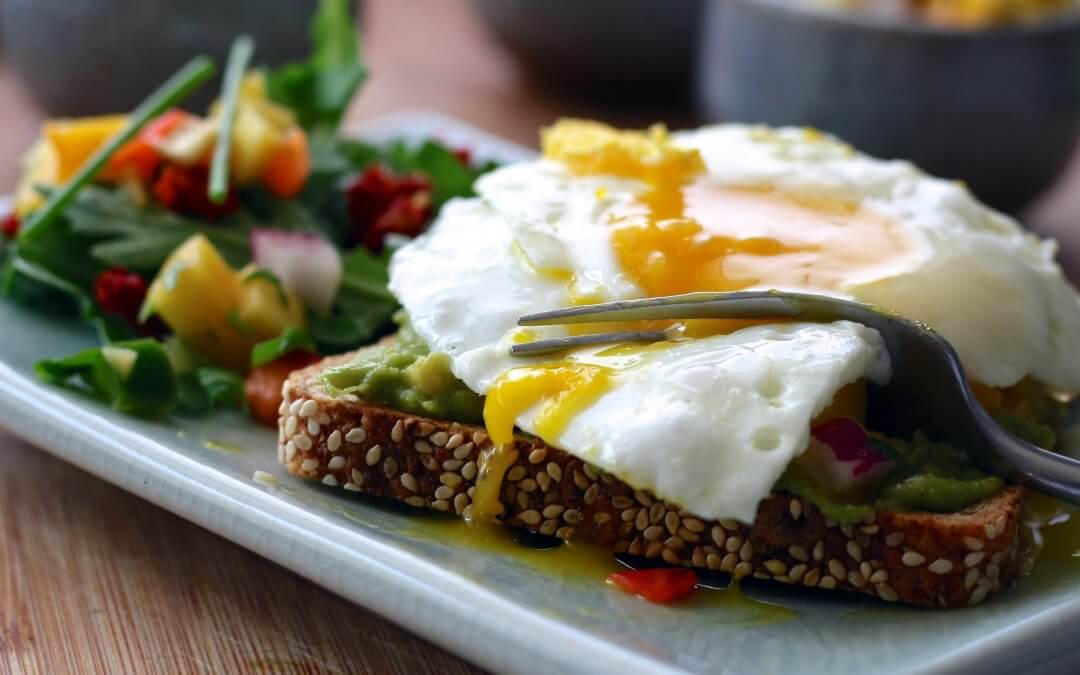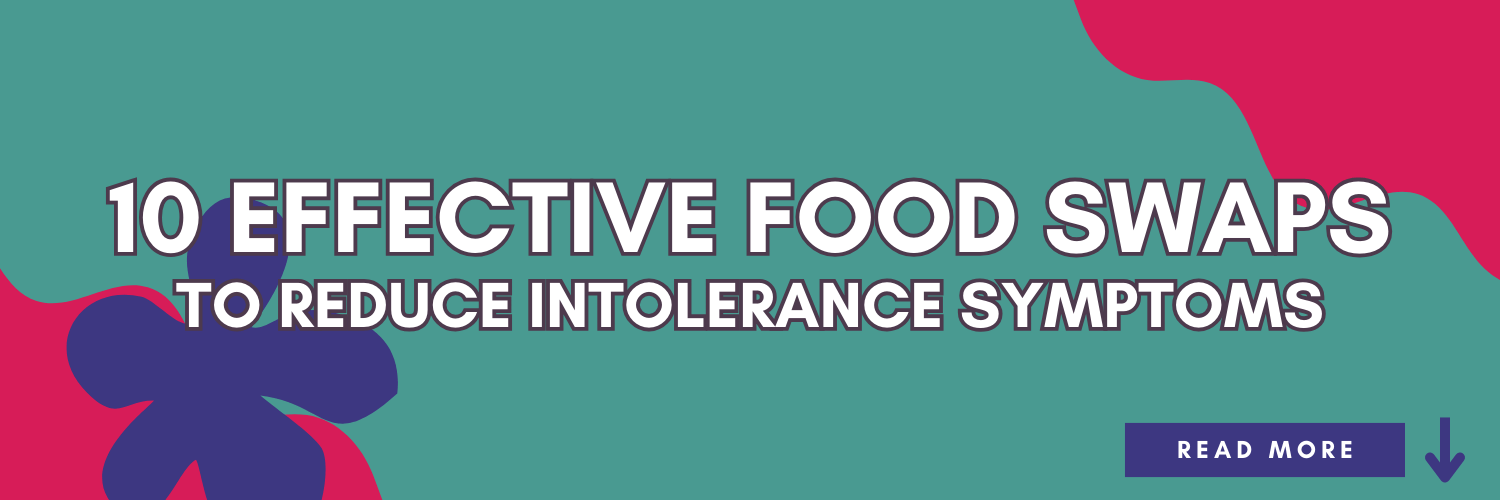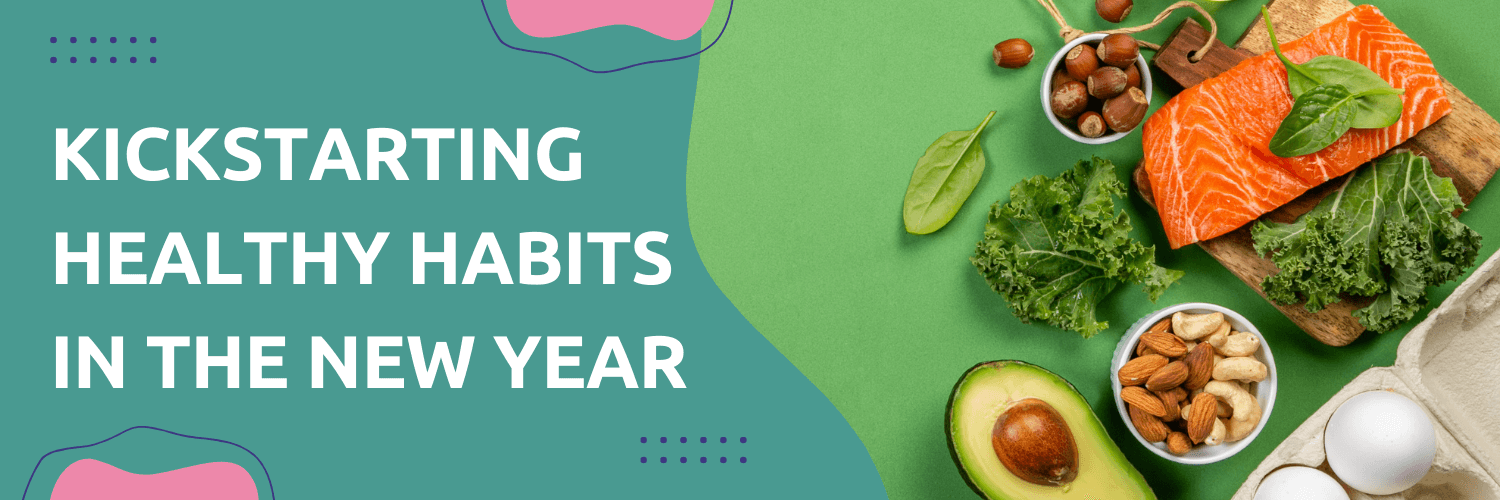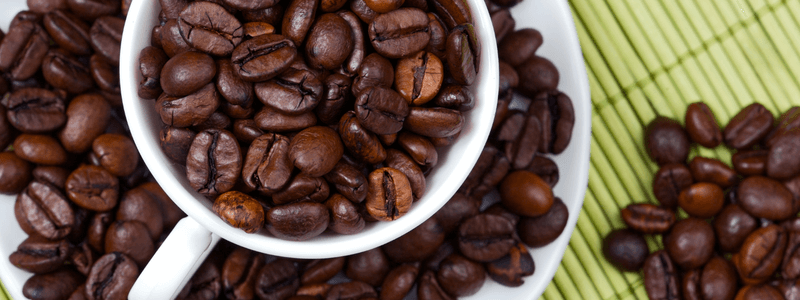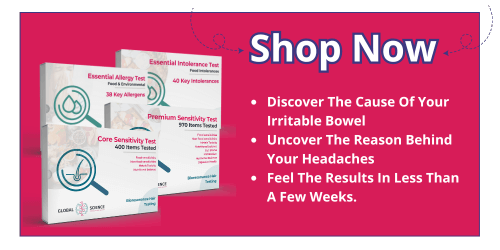For some, what are considered ‘health foods’ are far from it. Common health foods like milk, cereal, processed cheese, bread and even fruit juice can harm people’s health. This guide will dispel common myths about problematic foods and give you a few wholesome alternatives:
1. Pasteurized Milk
A common staple of the western diet, milk is touted as a healthy food, and most assume that it does a body good. But pasteurization of milk destroys active enzymes and denatures the fragile proteins in milk. It also kills beneficial bacteria and lowers the vitamin content of your milk.
A better alternative? Raw milk. Milk that hasn’t been pasteurized. Why raw milk?
Supporters of raw milk say the pasteurization process kills most, if not all, micro milk organisms, including the beneficial ones that aid in digestion and metabolization. Those organisms also promote good health by crowding out bad bacteria and help prevent yeast overgrowth in the intestinal tract.
The Campaign for real milk says that raw milk comes from cows that are properly fed. Cows that eat green grass provide milk with nutrients like vitamins A and D. They argue that pasteurization enables the milk industry to raise cows in less-expensive, less-healthy conditions.
They also say that pasteurization destroys enzymes and diminishes vitamin content. Pasteurization, says the group, is associated with allergies, increased tooth decay, colic in infants, growth problems, osteoporosis, arthritis, heart disease and cancer. Many calves fed pasteurized milk die before maturity.
Raw milk will sour naturally due to the bacterial production of lactic acid and still be consumable, while pasteurized milk, which lacks the essential bacteria, will putrefy.
2. Fruit Juice and Sodas
Fruit juice may be delicious, but it’s often loaded with even more fructose than actual juice! High fructose corn syrup has been linked to increased cholesterol levels, blood clots, and impaired immunity. Sodas are no better as we’re all well aware.
Fructose reduces the affinity of insulin for its receptor, which is the hallmark of type-2 diabetes. This is the first step for glucose to enter a cell and be metabolized. As a result, the body needs to pump out more insulin to handle the same amount of glucose.
Research indicates that consumption of high fructose can have negative effects on the liver through overfeeding, as well as damage the liver by inducing increased oxidative stress.
A better alternative is a humble glass of water.
3. Whole Grains
Many foods from bread to breakfast cereals advertise that they are now made with whole grains. Two recent studies say fibre from fruits, vegetables, and grains may indeed slice the odds of getting the disease. One study, surveying more than half a million people, found a 25 to 40 percent risk reduction from 30 grams of fibre daily (five to seven servings of fruits and vegetables). Fibre coming from food may be the key since earlier studies focused on fibre supplements didn’t report this reduction.
If you have digestive problems or suffer some of the classic autoimmune reactions (e.g. allergies) it may be that grains are problematic for you. While the fibrous carbs might be a dietary staple for many, there’s been a marked increase in intolerance to yeast and gluten in recent years.
Conventional whole grains can be difficult to digest and often cause allergic responses, contributing to autoimmune disorders like Celiac disease.
A better alternative? Grain-like seeds millet, quinoa, buckwheat, and amaranth are gluten-free, do-not-feed candida act as prebiotics, have a calming effect and are full of vitamins and minerals.
4. Cereal
Cold cereal seems like a convenient and healthy meal but combined with pasteurized milk, it can be a bowl full of nutritionally damaging food. The cereal itself undergoes a process called extrusion that denatures its proteins (making them toxic) and destroys the grains’ naturally occurring fatty acids. The result is a nutritionally void carrier for sugar and sodium.
A better alternative? Make your morning meal green! Try a morning smoothie to start your day off right.
5. Protein Bars
Protein bars now compete with candy bars in convenience stores and grocery aisles, but these quick snacks are not necessarily healthy. Many protein bars use soy protein crispies and count sugars in their top 3 ingredients! Instead of offering you a healthy option, they actually contribute to fungal infections.
A better alternative? Soaked almonds and other nuts are easy and delicious snacks for those on the go!
6. Energy Drinks
Their labels claim to contain various herbs, minerals and the amino acid taurine, specially designed to boost your energy by the time you reach the bottom of the can. But if you look at the ingredients, you’ll find that the main ingredients in most energy drinks are caffeine and sugar making them little more than high-priced soft drinks.
Yet their fancy designs and lofty claims to improve your performance, concentration and reaction speeds seem to be working. In 2004, energy drinks overtook bottled water as the fastest-growing category in the beverage business. Similar products have even been introduced for kids as young as 4 years old. A better alternative? Basic water or tea, and if you must have a jolt of energy, a good old-fashioned cup of black coffee will at least spare you the sugar.
7. Fast-Food Salads
Yes, you went to that fast-food joint near your office for lunch, but all was not lost, you ordered a salad! Most fast-food chains have jumped on the ‘health’ bandwagon and are now offering salads, wraps and other healthy menu choices for just such nutrition-minded customers.
And while some won’t come right out and say they’re healthy (McDonald’s, for instance, no longer uses the word because their consumer research shows people don’t understand it and it’s actually a turn off.), it is certainly implied in their ads featuring fit, active people and catchy nutrition slogans.
But not all salads are created equal.
In fact, most of the salad ingredients that most fast-food chains use, make most of them about as healthy as a burger without the bun, dipped in salad dressing, according to the Physicians Committee for Responsible Medicine (PCRM), which conducted a nutrition analysis of 34 fast-food salads.
One of their more startling findings: McDonald’s Crispy Bacon Ranch Salad has more fat and calories and just as much cholesterol as a Big Mac!
Culprits that turn good salads bad include fried meats, additions like croutons, crispy noodles, bacon, and high-fat salad dressings. Many even have added sugar.
A better alternative? Opt for a home-made salad using lots of veggies, some lean protein (egg, chicken), a few nuts or seeds or a small amount of cheese, and a little olive oil and balsamic vinegar dressing. You’re better off knowing what’s going into your health.
8. Soy products
Soy products, including soymilk and soy protein, have been linked to digestive distress, immune system breakdown, PMS, endometriosis, reproductive problems for men and women, allergies, ADD, higher risk of heart disease and cancer, malnutrition and loss of libido.1
Soymilk has some negative aspects which are as follows:
• It contains a lot of phytic acid
• It contains hemagglutinin which causes the red blood cells to clump together
• Although, it is believed to be harmless unless soymilk is taken intravenously
• The genetic modification involved in the process of preparing soy milk may cause lysin alanine or even nitrosamines
• It contains aluminium
• It contains trypsin inhibitors
A better alternative? Fermented soy products like miso soup, natto and tempeh.
9. Oatmeal
For many who suffer wheat and gluten allergy or intolerance, oatmeal also becomes an unsafe option. While oats themselves don’t contain gluten, they do contain a protein very similar to it and current farming techniques create concerns as well. It is not uncommon for a farmer to rotate his oat crops with wheat, rye or barley crops from year to year, and millers often encounter kernels from wheat when processing the oats.
Oatmeal seems harmless enough and doesn’t contain gluten, but oatmeal can be unsafe if you have a wheat or gluten sensitivity because of the possibility of cross-contamination from other crops.
For this one, you’re best off learning whether you have an intolerance or allergy to gluten or not and adjusting your diet accordingly.
Healthy doesn’t mean the same thing for everyone
It’s getting harder to stay healthy with the revolution of free-from snacks and so-called ‘healthy’ snacks, which are actually anything but. Couple that with the rise in both food allergies and intolerances and it can feel near on impossible to get your diet in check. You can solve half-of the puzzle by getting an intolerance test and learning which ingredients are likely to cause you uncomfortable symptoms. Keep your gut happy with an intolerance test and you’ll have fought half of the battle to a healthier, happier you.

